According to HNY Research, the power tools market is set to reach US $35.64 billion by 2023.
The size of the market reached US $27.11 billion in 2017, and the sector will see an estimated CAGR (compound annual growth rate) of 4.66% over the next five years.
HNY Research’s report puts the predicted expansion down to a number of factors, including the constant growth of the construction industry in emerging economies, increasing sales of commercial vehicles across the world and the rising demand for cordless tools.
On the negative side, the high maintenance costs associated with power tools hinders market growth, the report said.
Don’t delay! If you don’t re-subscribe to Torque’s email newsletters we are legally required to delete your details from our database. Re-subscribe here.
In 2017, electric tools held the largest share of the overall power tools market, offering more torque than cordless fastening tools. Corded tools still dominate the market, but due to the improvement in batteries – thanks to a strong replacement of Ni-Cd batteries with Li-Ion batteries – and increasing adoption of cordless tools help the market for cordless tools to grow at a higher rate.
In order to drill further into the detail, you have to buy the full report from HNY, which was released in March 2018.
The report cover the following market players:
Atlas Copco, Stanley Black & Decker, Robert Bosch, Ingersoll-Rand, Hilti, Techtronic Industries (TTI), Makita, Hitachi Koki, Snap-On, Apex Tool Group, Uryu Seisaku, Positec Group, CS Unitec, Deprag Schulz, Friedrich Duss, C. & E. Fein, Emerson Electric, Interskol, Panasonic, Chevron Group
The points that are discussed within the report are the major market players that are involved in the market such as manufacturers, raw material suppliers, equipment suppliers, end users, traders, distributors, etc. Companies are profiled, as it the capacity, production, price, revenue, cost, gross, gross margin, sales volume, sales revenue, consumption, growth rate, import, export, supply, future strategies, and the technological developments that they are making. Historical data from 2012 to 2017 and forecast data from 2018 to 2023 is featured too.

